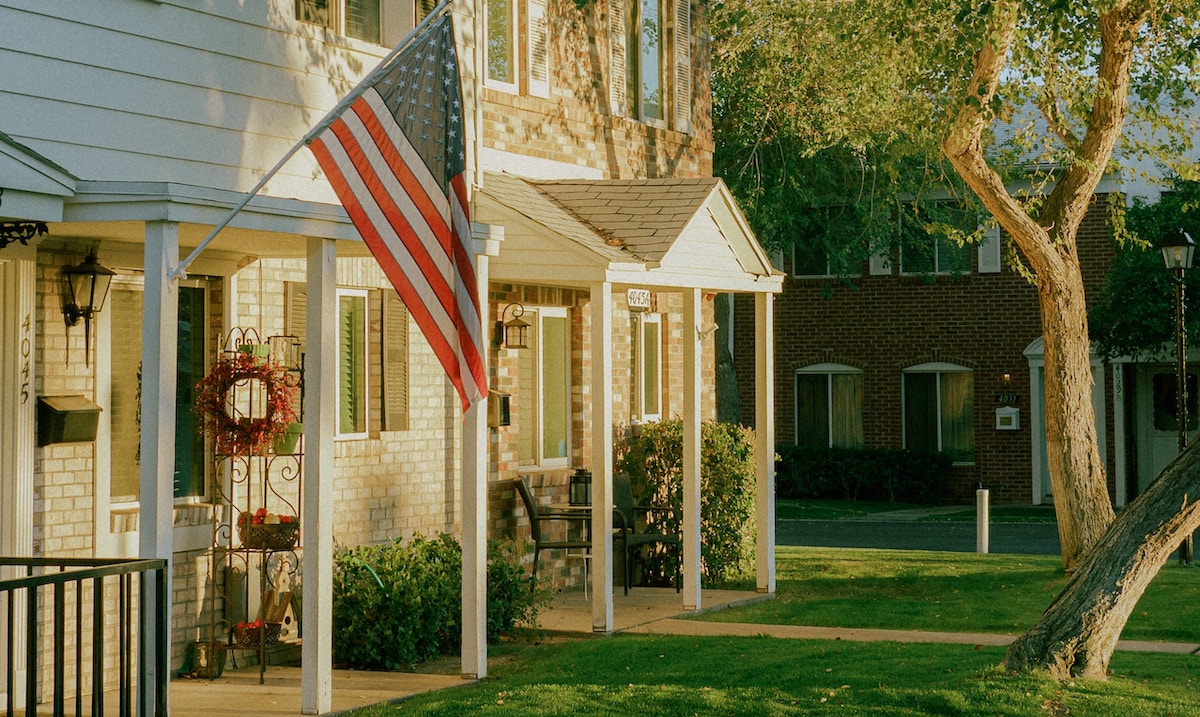Property Management
Finance and Investments
Peak Cash Flow: How To Achieve The Best Rent By Listing In Summer 2024
Last Updated Apr 29, 2024


Summer rentals often make us think of vacation homes. After all, it’s when holidaymakers are out and when short-term rentals make the most cash. But while short-term rentals may give a quick cash boost, a long-term approach may serve your financial needs better throughout the year.
Summer is also when rents peak in the long-term market. By securing residents for the next 12 months (especially with guaranteed rent), you can have predictable income year-around. This will let you plan your financial goals with certainty, while also providing an invaluable service to the community — a place to call home.
In this article, we’ll dive into why summer is the best time to market your rental home and how to get it ready to optimize your pricing.
Short-term vs long-term strategy for renting a home over summer
Summer used to be a sure-thing for cash-flow on vacation homes. But with a glut of stock now available, many owners of short-term rentals are struggling with a huge drop-off in bookings over peak periods.
Then there’s the headache of licensing, caps, fees and taxes, which are only increasing as cities like Seattle and San Diego make moves to curb short-term rentals from eating up a much-needed housing supply. Per-night or per-week rates seem attractive, but vacancies, fees and running costs can eat into extra profit.
This is why it’s worth doing the math on renting out your home long-term for summer, when demand and pricing peaks. On the Belong network, we see rents and applicants rise over Spring before peaking in September and declining again from October. This makes summer the perfect time to lock in long-term residents. And if you trust your home to Belong, we’ll help you achieve the best possible price and then guarantee that it’s paid like clockwork, regardless of when residents pay.
If you have a vacation home, spring is the ideal time to consider if switching to a long-term rental could help achieve your financial goals. This gives you time to find the ideal residents and lock in the best possible rental price when demand is at its highest.
Read more: Short-Term Rental vs. Long-Term Rental: The Pros and Cons
6 tips for getting your rental home move-in ready for summer
Whether you’re switching to a long-term lease or are preparing to attract a new wave of applicants, here are six things you can do in spring to get your home move-in ready. Tackling maintenance jobs now will save money in the long run and help to secure good cash flow for the next 12 months and beyond.
1. Get an inspection for long-term livability
For millions of people across the US, renting isn’t a temporary measure. With housing affordability at some of the lowest levels ever, more people are looking to rentals as a place to call home.
Even if your home is already a rental, it’s a good idea to have a pre-lease inspection that focuses on two main areas: safety and resident experience. Homes that are inviting and comfortable attract more interest, helping to secure a better price long-term.
At a minimum it means making sure air conditioning units are working, pipes aren’t leaking, pests controlled and no safety hazards or mold. But you may also consider a fresh coat of paint, new shower heads or little upgrades to make the house feel like a home. If you haven’t budgeted for this, Belong can help with flexible payment options on home maintenance and access to over 10,000 vetted contractors.
Read More: How Belong Inspections Reduce Vacancy and Prepare Your Home For New Residents
2. Get any swimming pools ready for use
If your rental home has a swimming pool, make sure it’s clean and functional ahead of summer. Include specifics in the lease agreement to be clear on who handles the cost and upkeep of the pool.
3. Tidy up lawns and gardens
Spring can encourage lawns to get a little out of control, so gardens and plants will need attention. Ensure any sprinkler systems are working and provide instructions for residents on how to best care for any garden you have in place.
4. Prepare for storm and hurricane season
Southern states like Florida are prone to severe storms and hurricanes, with the season peaking around August - September. You can check your address on FEMA’s Flood Map to find your flood zone category and risk of property damage during summer and fall. If you are at risk, check your insurance coverage and look at the National Flood Insurance Program.
Check the home for any loose fittings that could become an issue during storm season. Installing or maintaining hurricane shutters is another good idea to protect your investment from flying debris and damage. They also offer great insulation and protection from burglaries for your residents.
5. Protect your rental home against fire risk
The dry heat of summer brings fire risks, especially in states like California. To best protect your rental home from summer fires, take the following steps:
- Test smoke detectors and ensure they are up to code
- Remove debris from your property such as dry leaves and overgrown grass
- Have a fire extinguisher and source of water available to protect the home
- Have a fire evacuation plan for residents
- Choose an insurance policy that includes fire coverage
- When updating or maintaining the home, budget for risk-mitigation features such as fire-resistant roof and siding, or fire-resistant landscaping
Read More: Creating a Rental Property Safety Plan
6. Make sure you have adequate insurance coverage
If you’re about to rent out your house for the first time, homeowners insurance won’t cut it. Homeowners insurance is designed only for owner-occupied homes, so if you’re putting it on the rental market (short term or long term) you will need dedicated landlords insurance. This will help protect you against damage caused by residents as well as unexpected issues that could arise over summer such as fire, theft, vandalism and water damage.
Read More: What Type of Insurance Should I Get For My Rental Property?
Let Belong optimize your rental pricing for summer
Instead of relying on comps from winter and spring, let Belong optimize your cash flow by listing at the right price for summer. Belong leverages real-time demand signals from the market to help maximize rental income and keep homeowners cash flow positive.
Do the math on long-term renting with Belong and find out if your home is eligible here.
About The Author
Melanie Kershaw
Mel Kershaw is a Content Lead at Belong. With an extensive background working with technology companies including Eventbrite and Yelp, she’s always looking for ways to create educational and informative articles that simplifies tech and solves problems for her audience.




